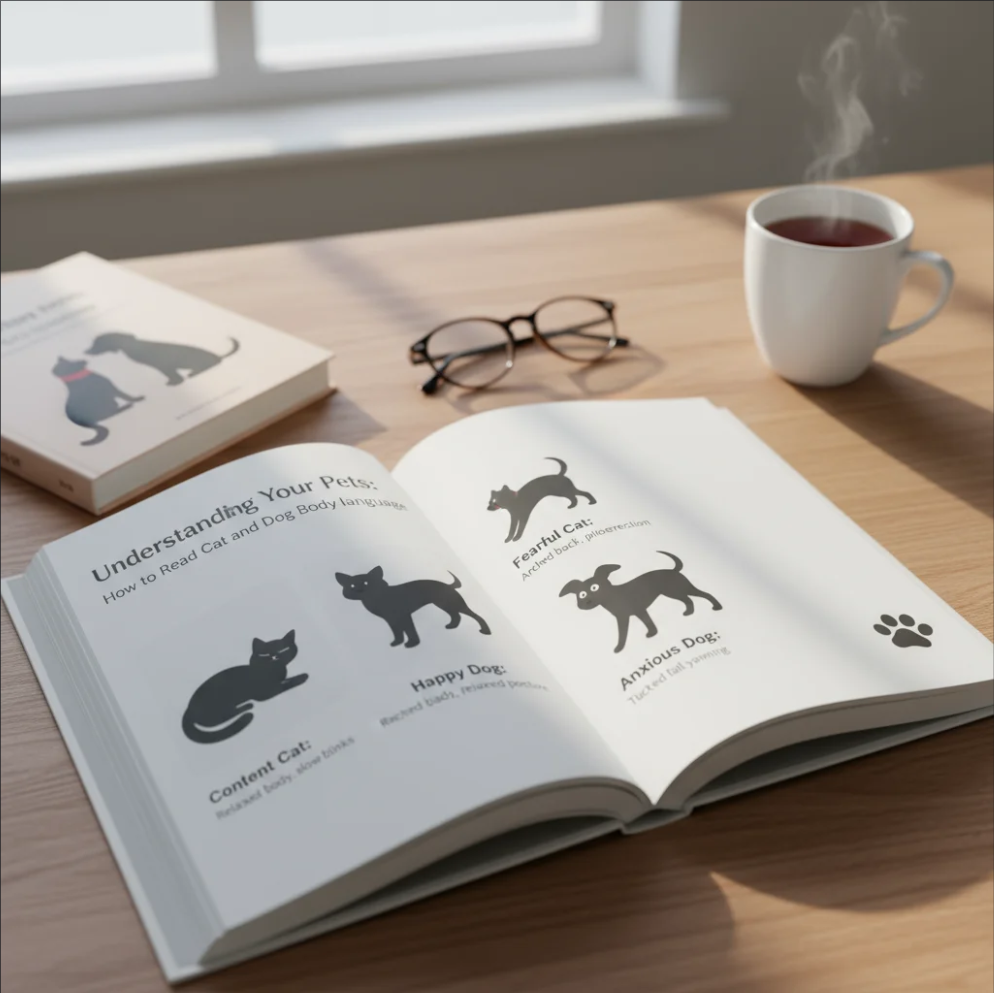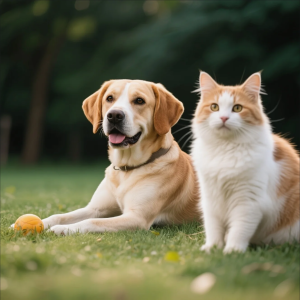Pets communicate far more with their bodies than their voices. Understanding cat and dog body language allows owners to respond appropriately, strengthen the bond, and ensure the well-being of their furry companions.
Reading Dog Body Language
- Tail Wagging: High and fast can indicate excitement; low and slow may signal insecurity.
- Ear Position: Forward ears show alertness or interest; flattened ears indicate fear or submission.
- Body Posture: A relaxed body means comfort; stiff posture may signal tension or aggression.
- Eyes and Mouth: Soft eyes and relaxed mouth indicate contentment; intense stare or bared teeth suggests warning.
Reading Cat Body Language
- Tail Movement: A high, twitching tail signals happiness or playful excitement; a puffed-up tail shows fear.
- Ears and Eyes: Forward ears mean curiosity; flattened ears indicate stress. Slow blinking is a sign of trust.
- Body Position: Arching back with fur raised signals defense; relaxed lying positions show comfort.
- Purring and Hissing: Purring often means contentment but can also indicate pain; hissing signals discomfort or warning.
Tips for Better Communication
- Observe Regularly: Spend time watching your pet’s daily behaviors.
- Learn Individual Cues: Every pet is unique; patterns may differ.
- Respond Appropriately: Respect signals of stress, fear, or discomfort.
- Positive Reinforcement: Reward calm and happy behavior to reinforce trust.
Final Thoughts
Reading cat and dog body language is an essential skill for every pet parent. By paying attention to subtle cues, you enhance communication, prevent conflicts, and deepen the bond with your beloved pets.



